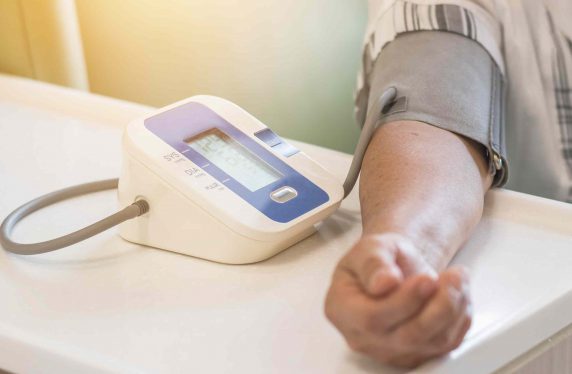Don’t disregard night-time blood pressure readings after 24h monitoring, researchers warn

One in ten patients monitored with ambulatory blood pressure monitoring are ‘reverse dippers’, say researchers and are being missed because night-time readings are often discarded.
A study of 585 patients received 24 blood pressure monitoring in general practice found that 10.8% had higher readings in the night time than in the day – a phenomenon which has been associated with increased cardiovascular disease risk.
For the group that had the biggest difference in blood pressure – termed as extreme reverse dippers – their night-time reading was 18mmHg above their average day time systolic blood pressure measurement, the researchers reported in the British Journal of General Practice.
In the reverse dipper group overall the difference was 8mmHg between night-time and day-time readings the study found.
The findings underpin the importance of 24-hour blood pressure readings when diagnosing hypertension but also that the night-time results are taken into account, the researchers concluded.
Yet they point out, the National Institute of Health and Clinical Excellence recommends only using day time measurements to assess hypertension.
Not only does it mean that hypertension may be missed in this group, there may be patients who have already had ambulatory blood pressure monitoring who could be found simply by reviewing existing results, the team said.
‘These findings, together with the evidence presented here, demonstrate that night-time BP recorded via ABPM should form part of the clinical assessment for hypertension in the UK, as is currently recommended in Europe, and that this is particularly important for those aged over 60 years,’ they concluded.
It follows previous research by the same team at Oxford University which found a high prevalence of reverse dipping in patients having blood pressure measurements taken in the night in hospital.
Study leader Dr Laura Armitage a GP in Oxford and doctoral research fellow said they hoped their research would raise awareness of the variation and just how stark the difference can be in those who have high blood pressure at night-time.
This group is particularly vulnerable because they are likely to have no idea they have hypertension because day time readings appear fine so no one is managing their risk but also because reverse dipping is also associated with other comorbidities, such as diabetes and sleep apnoea, she explained.
‘Right now, night-time results are just discarded. The biggest take home message for clinicians is how significant the difference in night-time BP is in people who are reverse dippers. It’s 18-25mmHg which is a really significant difference that might make people sit up a little bit,’ she said.
She added that initiatives such as the hypertension case-finding service in community pharmacy are welcome but they only offer ambulatory blood pressure monitoring when they pick up high blood pressure.
‘The people we’re worried about are still going to be missed by that service. We should offer ABPM whenever we suspect someone is at risk but from our research the most risky groups are the over 60s and those with conditions such as diabetes and sleep apnoea.’
While the medication is the same more research is needed on timing of doses she added.
Pulse July survey
Take our July 2025 survey to potentially win £1.000 worth of tokens

Visit Pulse Reference for details on 140 symptoms, including easily searchable symptoms and categories, offering you a free platform to check symptoms and receive potential diagnoses during consultations.










